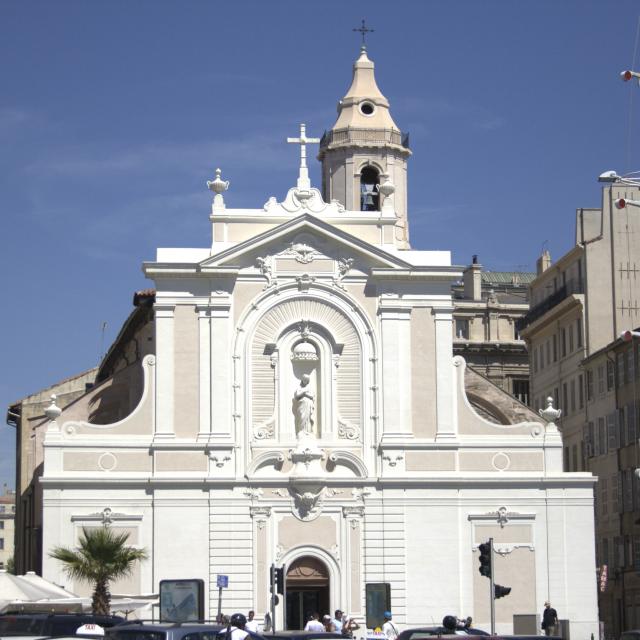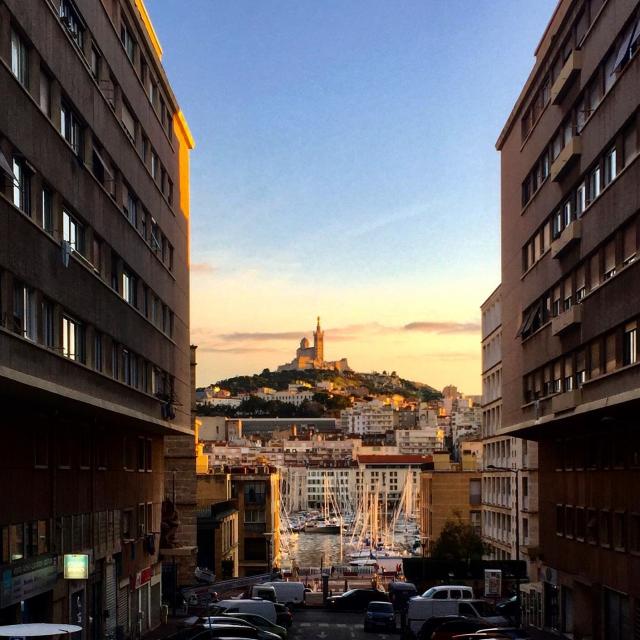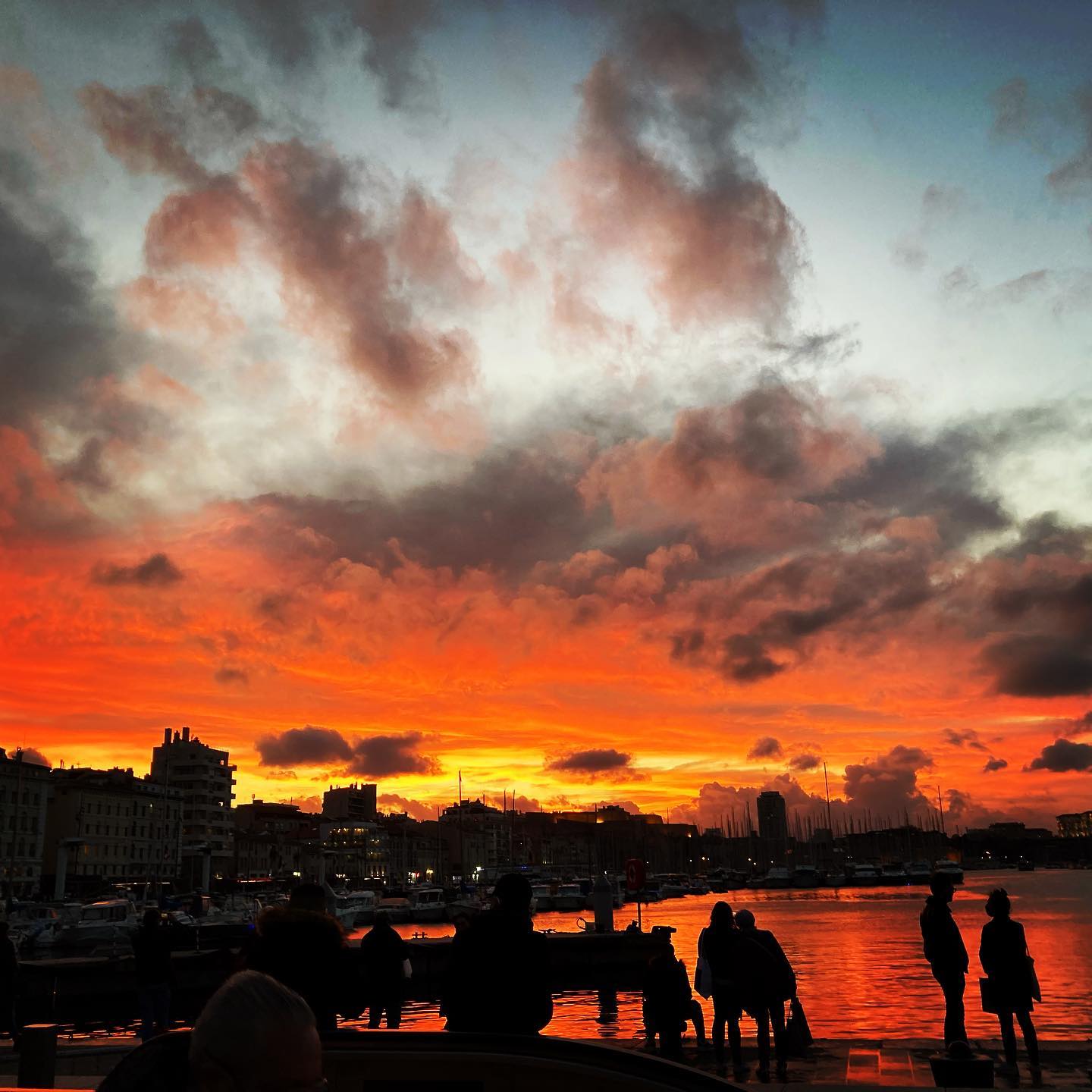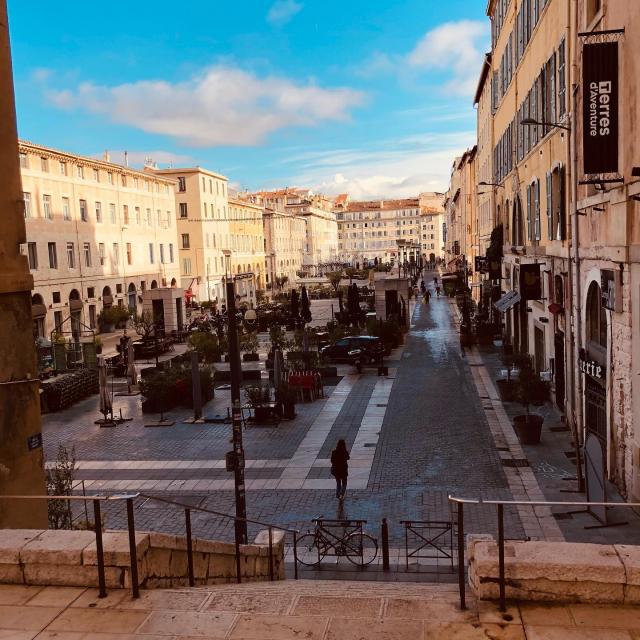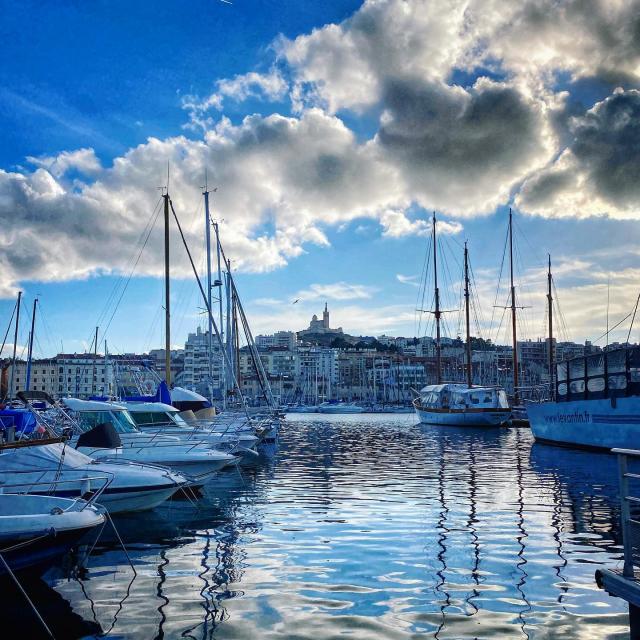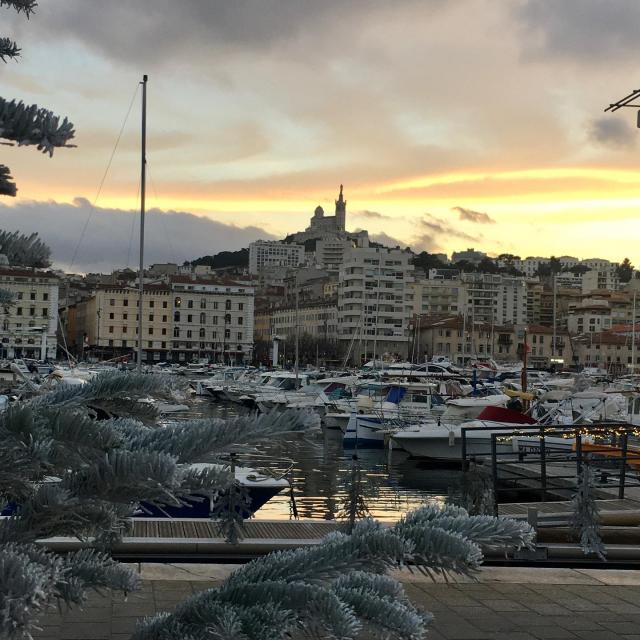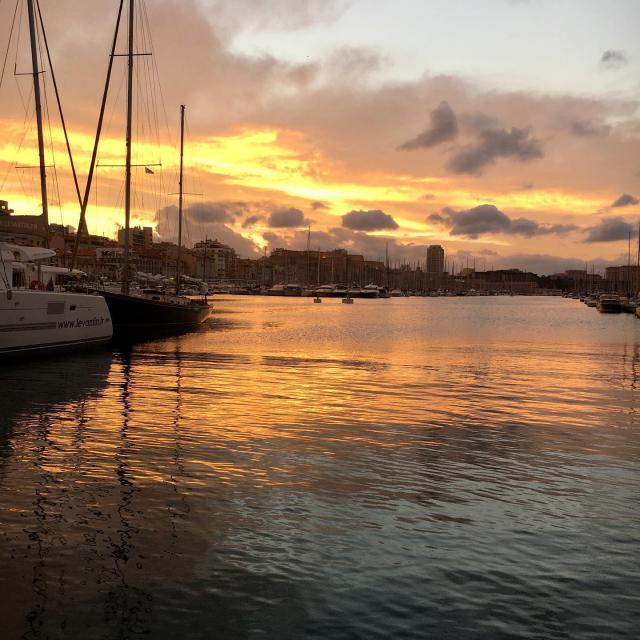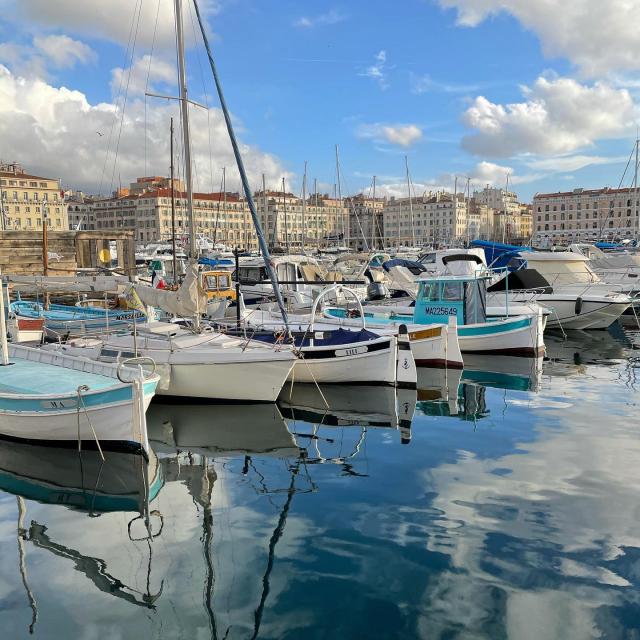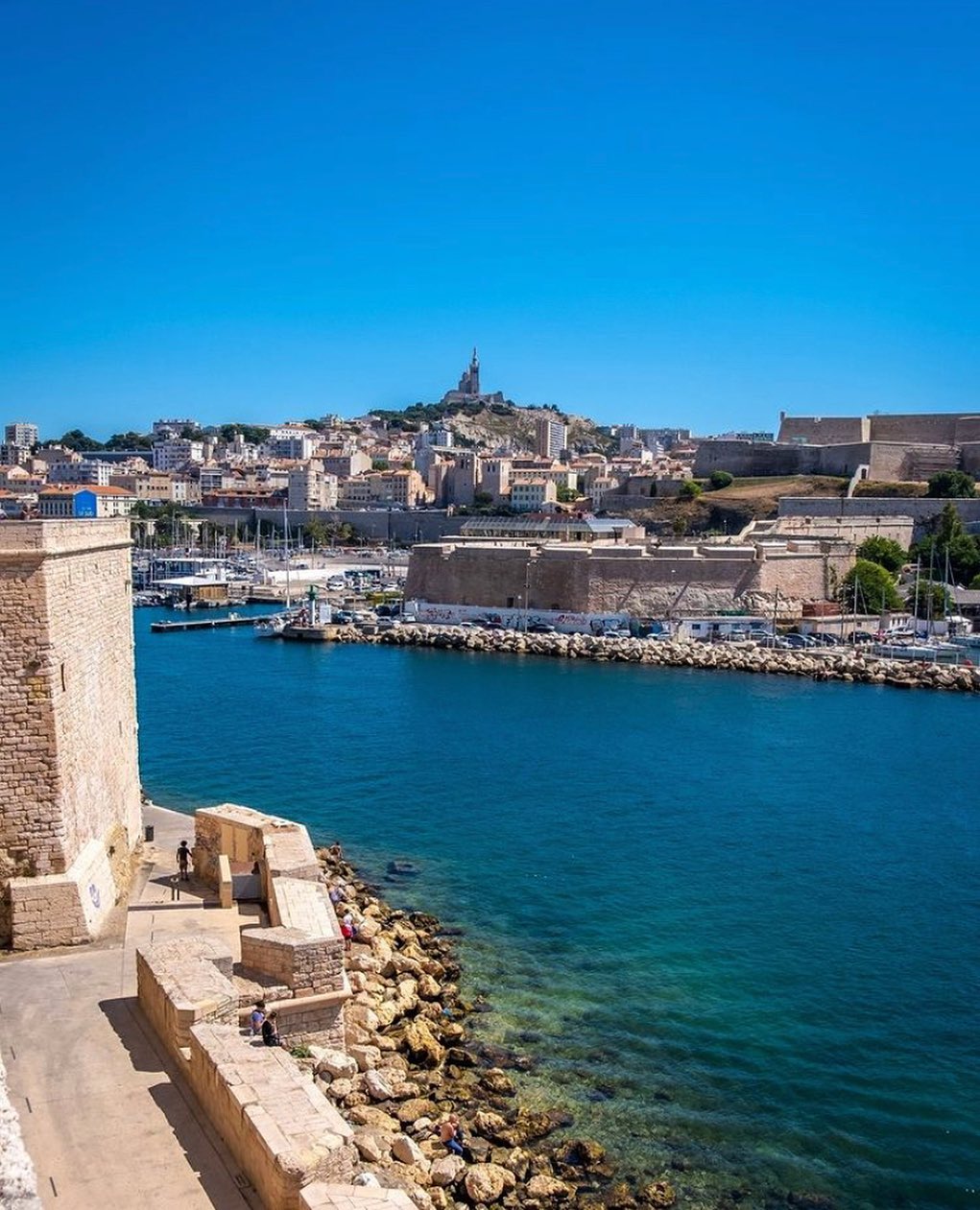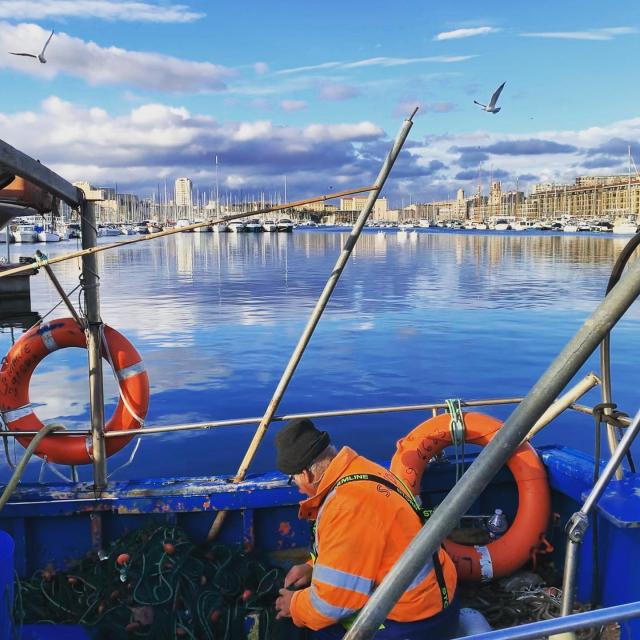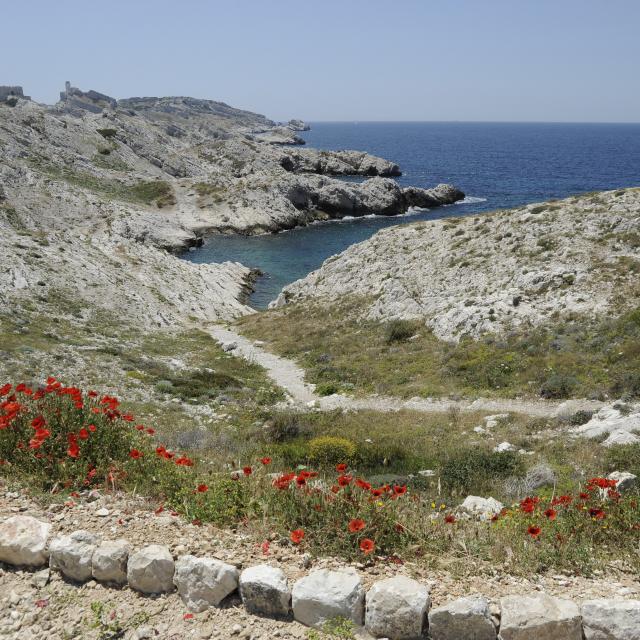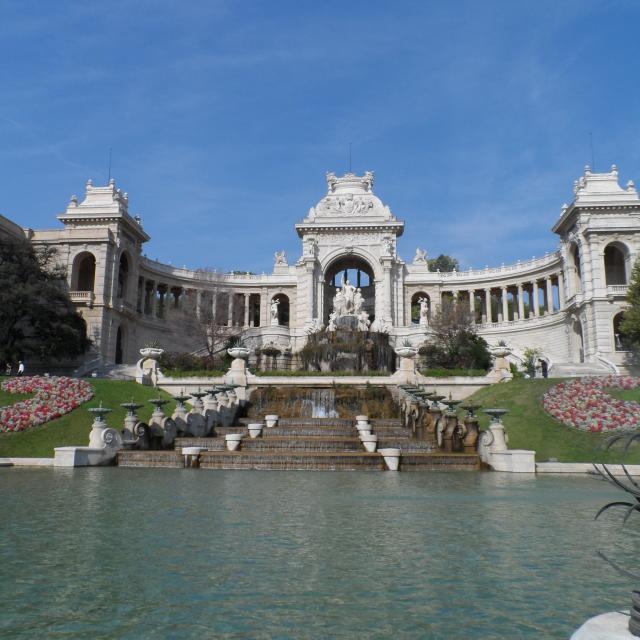The Gyptis and Protis legend is the mythical story of the founding of Marseille (Massalia) around 600 BC by Greek settlers from the city of Phocaea. This myth has been told since the 3rd century BC. It tells the story of the marriage of Gyptis, daughter of Nann, chief of the native Segobridge, to Protis, a sailor from Phocaea. At the time of her wedding, the princess chose to marry the foreigner by offering him a goblet filled with water during a meal. This legend is a tribute to Marseille’s origins as a welcoming city for foreigners. Tourism follows on from this legend.
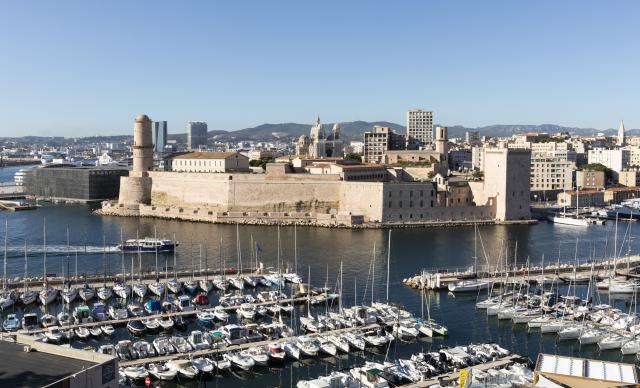
Did you know ?
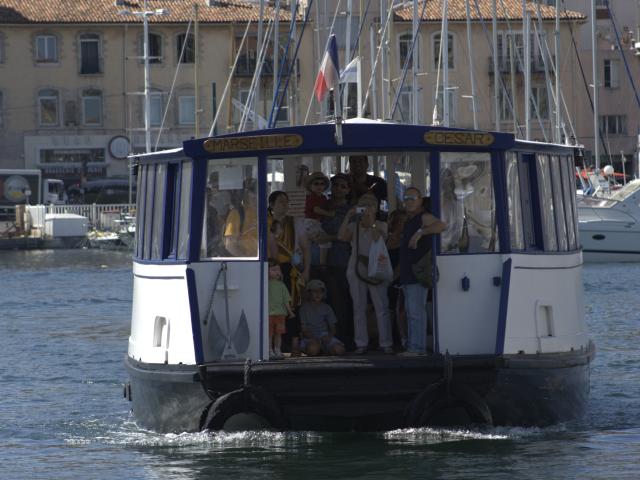
Marseille’s Ferry-boat
Already over 130 years old
The Ferry-boat, so dear to Marcel Pagnol, departs from City Hall across the ‘Vieux Port’ several times a day. It was launched in June 1880 for the famous route ‘Town Hall to Place aux Huiles’.
In 2010, a more eco-friendly solar-powered Ferryboat took to the water. Nowadays, they both share the crossing.
Saint-Ferréol church
Saint-Ferréol church is not as eye-catching as ‘Notre-Dame de la Garde’. It is a monument from the 16th century located along the ‘Vieux Port’ of Marseille. The Knights Templar commandery stood on the site of the church in the 12th century. When the Templar commandery was abolished and its members scattered, Augustinian monks bought the site in 1369. They undertook the construction of the gothic church which was consecrated in 1542 but only completed in 1588. The Italian-style bell tower dates back to the 18th century. The church was established as a parish in 1803 under the name of Saint-Ferréol as a tribute to the collegiate church of the same name destroyed in 1794 (where the current prefecture stands).
The building originally contained 5 bays and 12 side chapels but urban planning work damaged two of the bays in 1804. When the ‘rue Impériale’ (Imperial street), today ‘rue de la République’ was widened, the cement engineer Désiré Michel built the new neo-baroque façade.
Practical information
Head towards the islands and the Calanques National Park in Marseille!
The ‘Vieux Port’ is also home to the shipping companies offering trips to marvel at the Calanques of Marseille. Choose between a guided tour in the heart of the Calanques National Park and the islands between the Phocaean city and Cassis (Frioul and Riou archipelago) or an unmissable stroll to admire the stunning views of the cliffs plunging into turquoise waters.
Furthermore, the city transport network RTM provides a sea shuttle service between the ‘Vieux Port’ and the districts of ‘Pointe Rouge’ or ‘l’Estaque’ between April and October.
